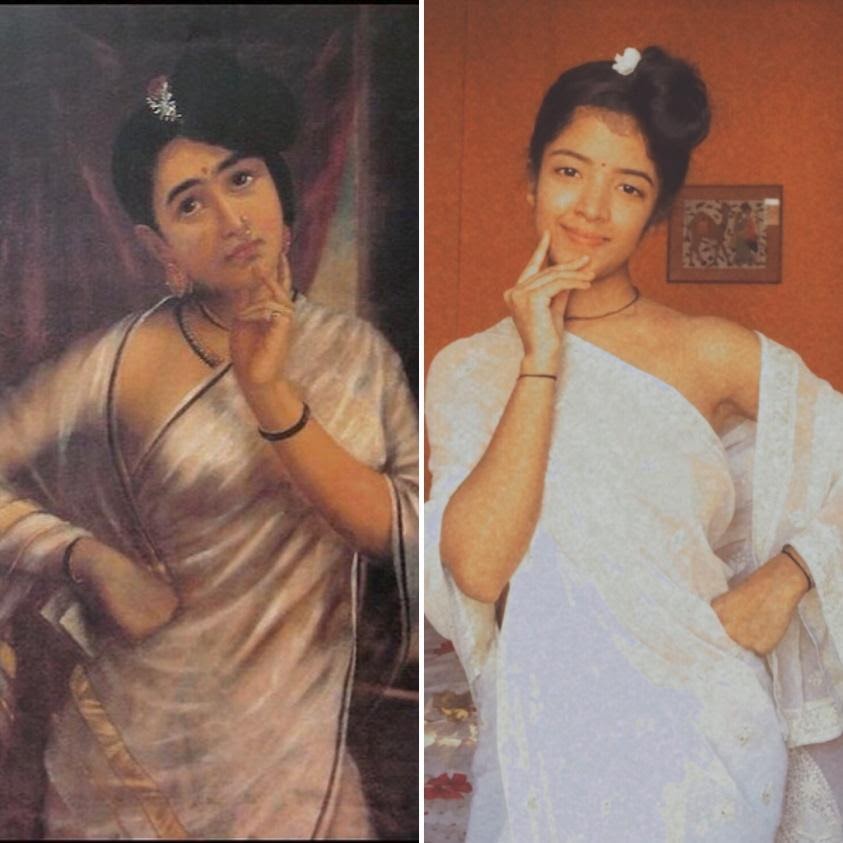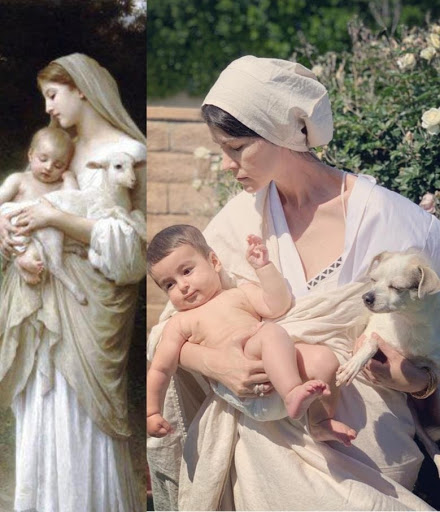With the onset of the pandemic and lockdowns across the world, people turned to social media and various recreational activities to keep themselves engaged. One of these activities was the Getty museum challenge promoted by the J. Paul Getty Museum, which gained popularity worldwide and even after a few months shows no sign of abating.
Social media, during the months of March and April 2020, witnessed a series of artistic and creative “challenges”. But perhaps none of these challenges has been more persistent and widespread than the J. Paul Getty Museum challenge or the #Gettychallenge.
It requires people to use whatever household items are available to re-create famous artworks. The intention was to keep people engaged in a creative pursuit while being confined, and in this way, also promote art institutions, artworks or art history.
Also read: Tales of the Pandemic: How People in Their Twenties Are Dealing With Isolation
The result has been thousands of people trying this challenge and uploading photos of their recreated artwork to their social media accounts. Results have varied from accurate to hilarious re-creations of Picasso’s, Da Vinci’s, Frida Kahlo’s, Raja Ravi Verma’s, Amrita Shergill’s, Banksy’s, etc. created with the help of the unlikeliest of things, people and even pets.

Self-portrait by Frida Kahlo. Photo: https://mymodernmet.com/recreate-art-history-challenge/
The Getty challenge was a very timely one. The pandemic has presented an overwhelming and unprecedented situation to people who have suddenly been thrown into confinement. This has felt like a sudden and complete loss of control for many people. Human beings have turned into statistics as death tolls still rise every minute.
With constant news of death, loss of livelihood, homelessness, migration, starvation, economic losses, disorder, etc., it has been an unpleasant situation, to say the least, filled with fear, helplessness and lack of hope. As frustrations peaked, the number of disturbing domestics also grew. Therefore, the Getty challenge, like other social media challenges, provided a form of comfort and sense of direction, however temporary.
Also read: How Quarantine Gave Me an Opportunity to Reconnect With Art
But while we have had other social media challenges ending pretty quickly, what has ensured the continuation of the Getty challenge, even after months of its proposal? Perhaps this has to do with the Getty challenge being actually a challenging activity. As simple as imitating works of art seems, it is not a very easy task, especially with limited resources. Unlike earlier times, now participants cannot step outside their homes or buy things to emulate these paintings or sculptures. One has to do with whatever paraphernalia one already possesses.

Reverie by Raja Ravi Varma. Photo: Author contributed
From deciding upon the artwork to gathering the required items, to re-create even one artwork decently means a few hours of work. Besides, many regular participants also strive to keep a specific theme or qualifications in mind, making it more demanding. Therefore, it is enough to keep one engaged artistically and intellectually for some time. Personally, being an art history student, the Getty challenge also felt like proper usage of time. If I was not reading up on art, re-creating older ones felt like I was practising it.
Besides this, there are more pertinent issues of adequate space and time faced by people with familial and domestic duties. But some participants have even managed to engage their children, spouses or siblings in this activity, making it a family activity and amusement for everyone.
Therefore, it is actually all these and many other difficulties that have fostered, instead of hindering the continuation of this challenge.

Female Torso by Kazimir Malevich. Photo: Author contributed
Besides the difficulties, the Getty challenge also feels like a productive pastime because these re-creations are not mere copies but can be said to be distinct artworks altogether. Arthur Danto, the American art critic, had said, “One can, without question, imitate the work… of an earlier period. What one cannot do is live the system of meanings upon which the work drew in its original form of life.” These re-creations have the bearings of a pandemic on them. Even the tools and media employed for them are different. It is evident that to project the original ideas and meanings of the earlier works on the newer re-creations is futile. And thus, they can be presented with revised titles and different meanings.

Innocence by William Adolph-Bouguereau. Photo: https://mymodernmet.com/recreate-art-history-challenge/
But although whether these are original artworks or just imitations may be up for debate, the Getty challenge has definitely been both a fun and engaging activity. It has given a creative outlet to some people and a sense of control to others. It has also provided a glimpse of the world of art to non-participants.
And it has resulted in a host of artworks which will maybe someday be grouped along with the art produced during the pandemic of 2020.
Deeplakshmi Saikia is PhD research scholar, Visual Studies and Art History, Jawaharlal Nehru University.

